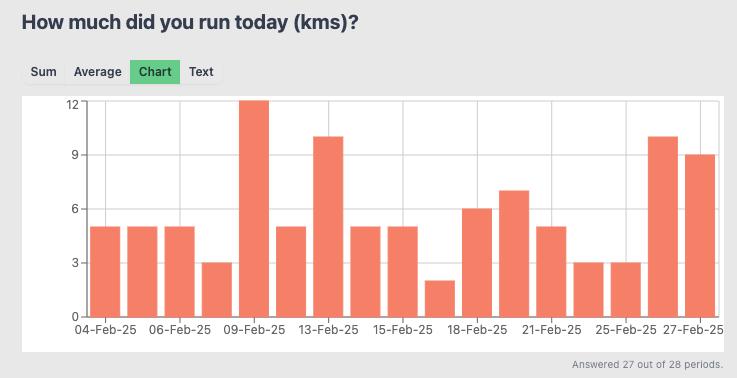Life, especially for entrepreneurs, often feels like a long stretch of monotony. Months can pass without any significant events, breakthroughs, or visible progress. It’s easy to fall into the trap of frustration, wondering why things aren’t moving faster or why success seems so elusive. This is where the need to stay relaxed becomes crucial. The ability to remain calm and focused during these seemingly uneventful periods is what separates those who eventually succeed from those who give up too soon. Patience, not consistency, is the real ally in this journey. Consistency is often glorified, but it’s patience that allows you to stick with it when nothing seems to be happening.
Consider the analogy of working out in the gym. For months, you might lift weights, run on the treadmill, or follow a strict diet without seeing any noticeable changes. Then, one day, it feels like everything clicks, and you see the results of your efforts. The progress wasn’t sudden; it was happening all along, just beneath the surface. The same principle applies to entrepreneurship, creative projects, or any long-term goal. The boring months, the days when nothing seems to happen, are the foundation of eventual success. Staying relaxed during these times is not just helpful—it’s essential. It allows you to maintain perspective and avoid burnout.
Being calm and focused is tougher than it sounds. The modern world is designed to keep us anxious and distracted. Notifications, deadlines, and the constant pressure to achieve more can make it feel like you’re always behind. But the truth is, most of this pressure is self-imposed. Learning to let go of the need for immediate results is a skill that takes time to develop. It requires a shift in mindset, where you start to value the process as much as the outcome. This doesn’t mean you stop caring about results; it means you stop letting the lack of them dictate your emotional state.
In the end, staying relaxed is about trusting the process. It’s about understanding that progress is often invisible and that patience is the key to unlocking it. The ability to remain calm during the boring months, to keep showing up even when it feels pointless, is what ultimately leads to success. It’s not easy, but it’s necessary. So, the next time you find yourself frustrated by the lack of visible progress, take a deep breath, remind yourself that this is part of the journey, and keep going. The results will come, but only if you stay relaxed and focused along the way.


